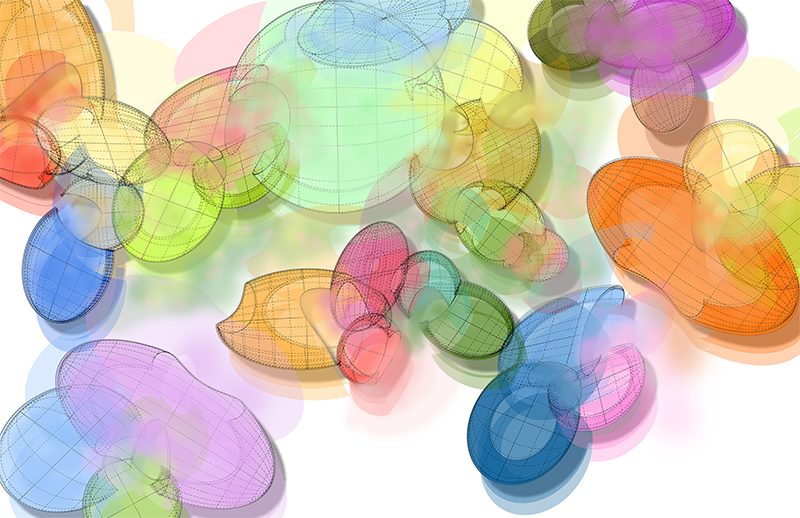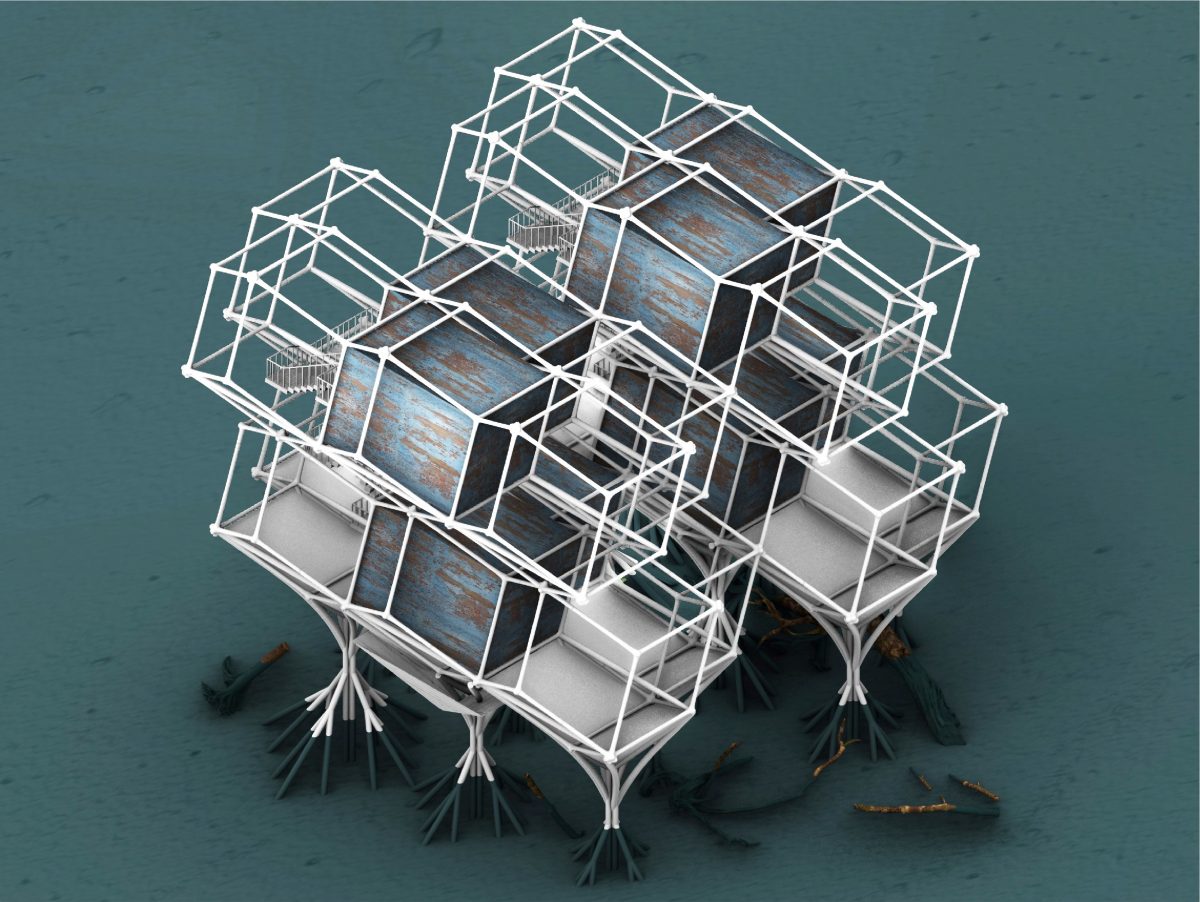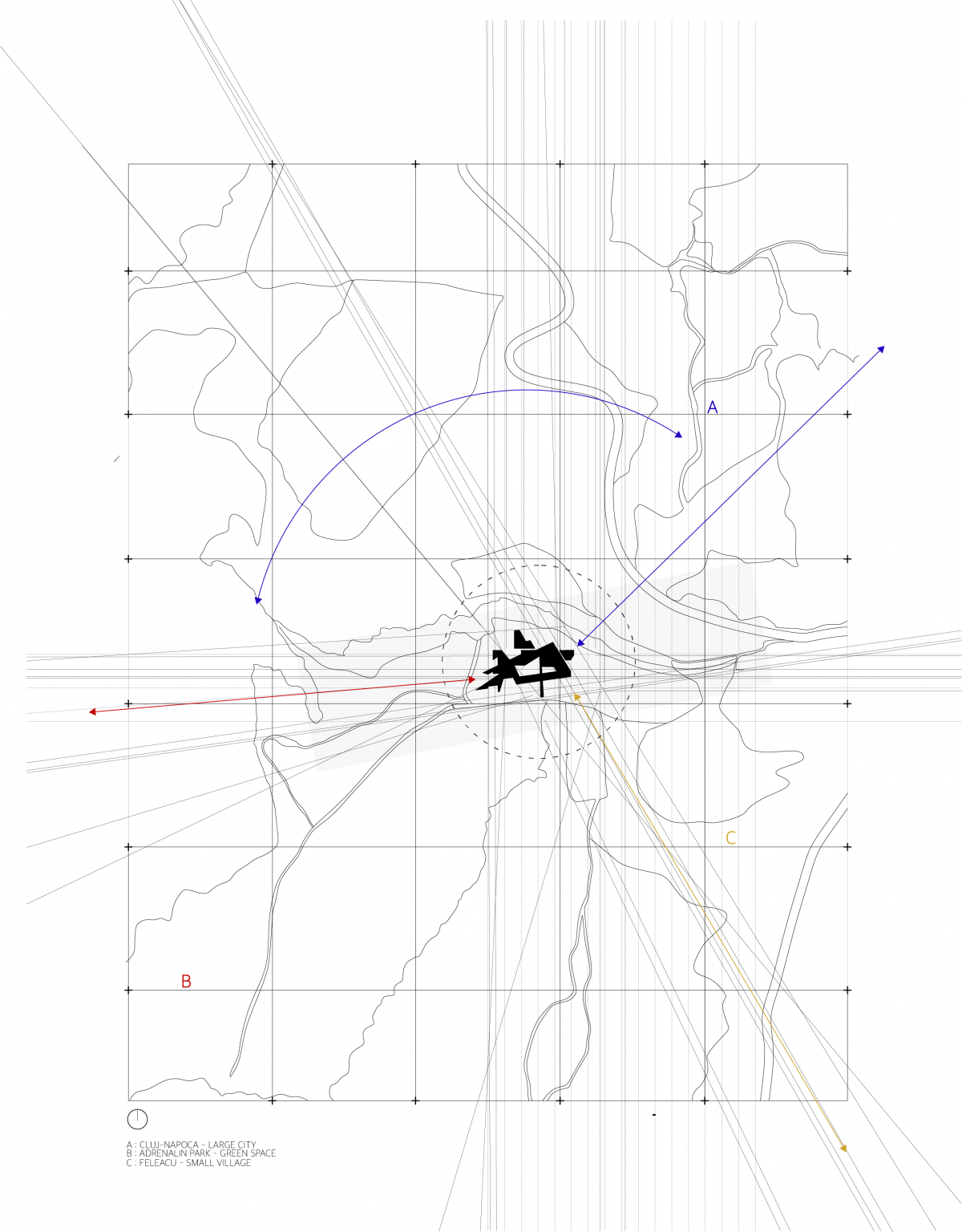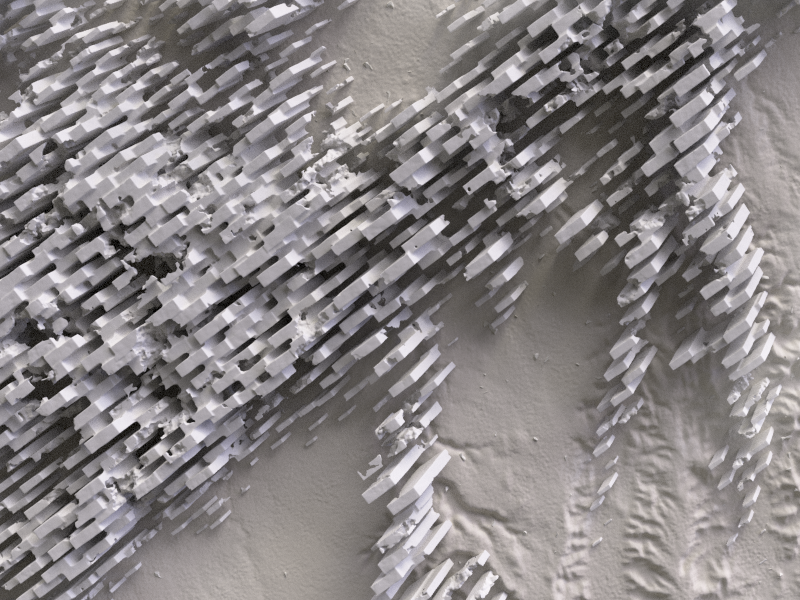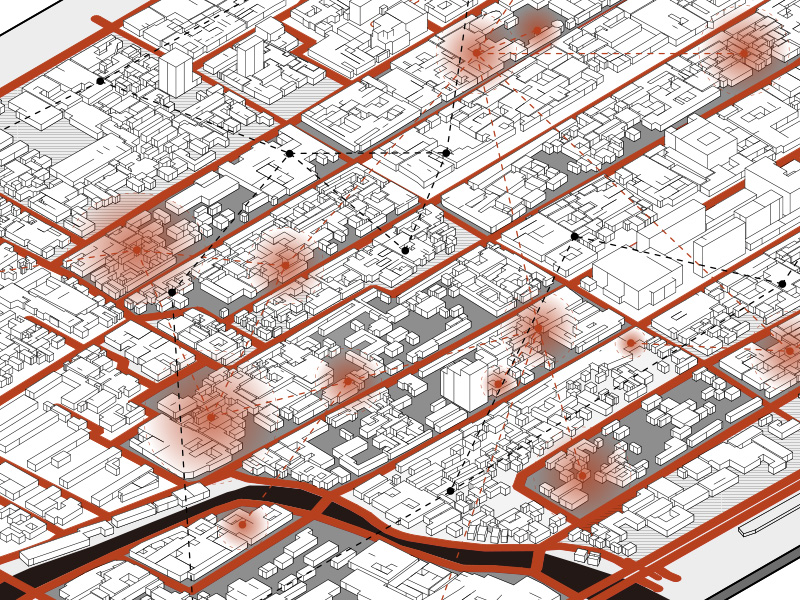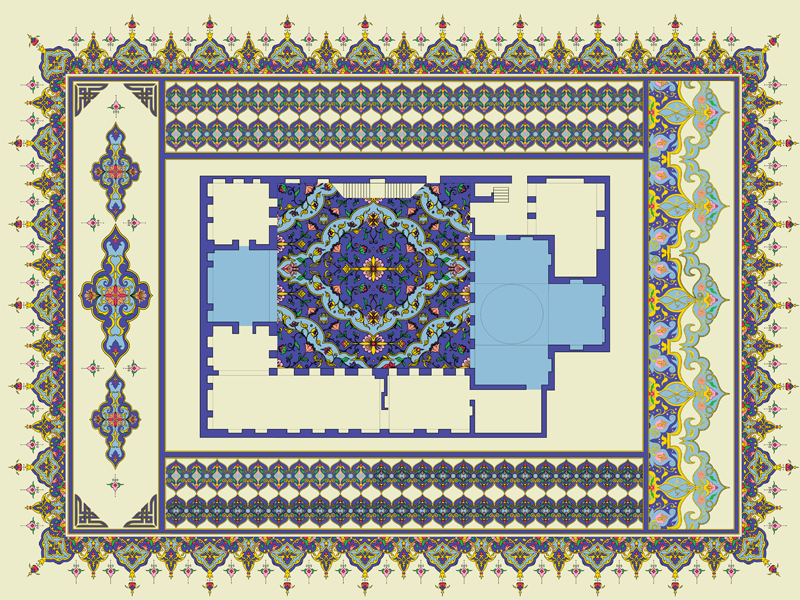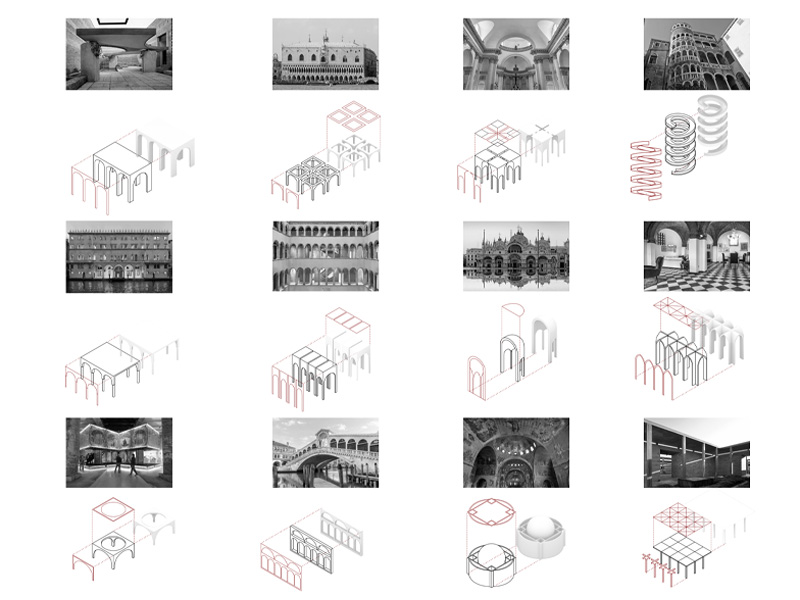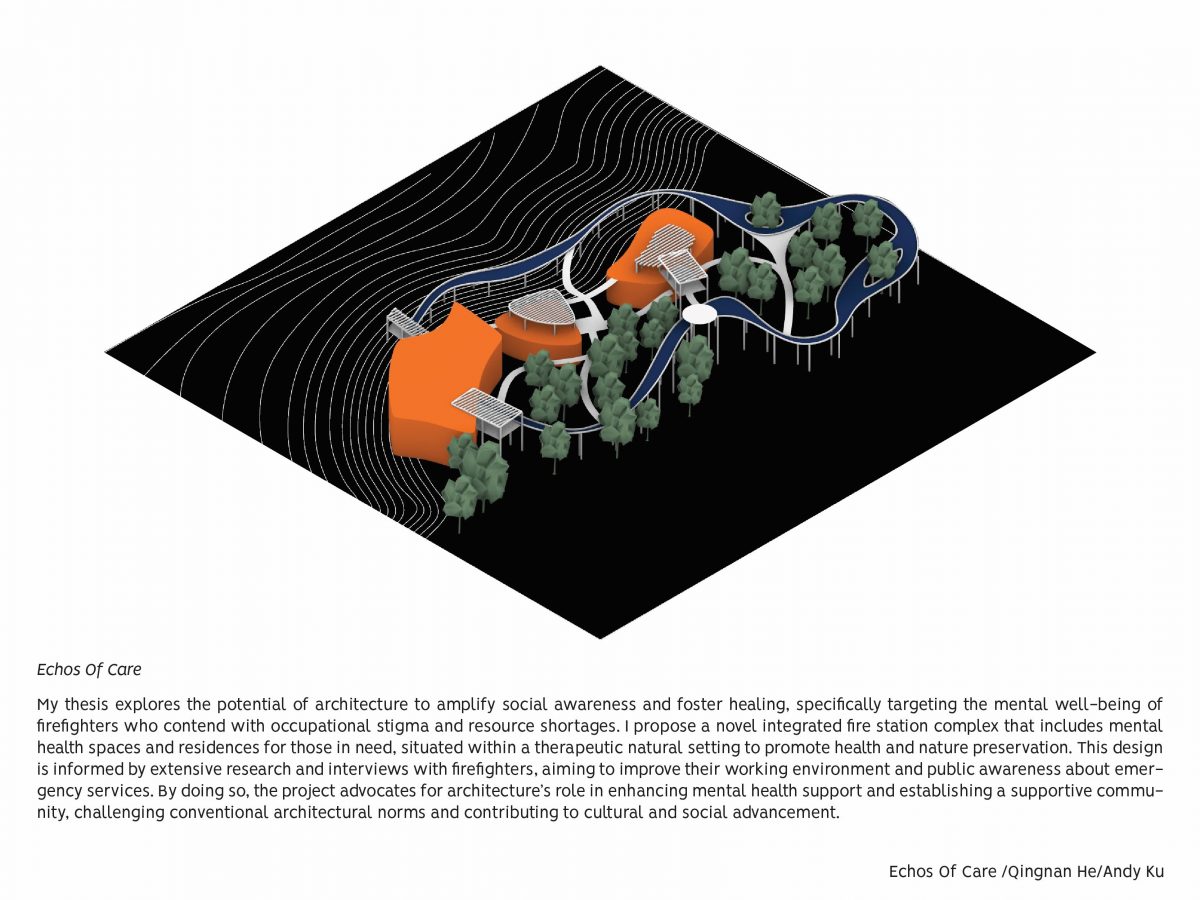Within the field of architecture, the design process is predominantly driven by the sense of sight, a dominant force in shaping our perception and appreciation of architecture. In our visually-focused environment, there is a critical need to heighten the importance of our sense of smell, as it evokes memories and emotion, therefore elevating users’ overall experiences.
Promoting awareness of our olfactory sense is essential due to the intricate connection between olfaction and neuroscience, which plays a pivotal role in shaping our interpretations, recollections, and emotional reactions. An olfactory museum is an effective approach to this education. It offers a curated environment where visitors can explore and appreciate a wide range of scents. This immersive experience not only enhances their comprehension of the olfactory sense but also deepens their insight into its influence on perception and well-being.

